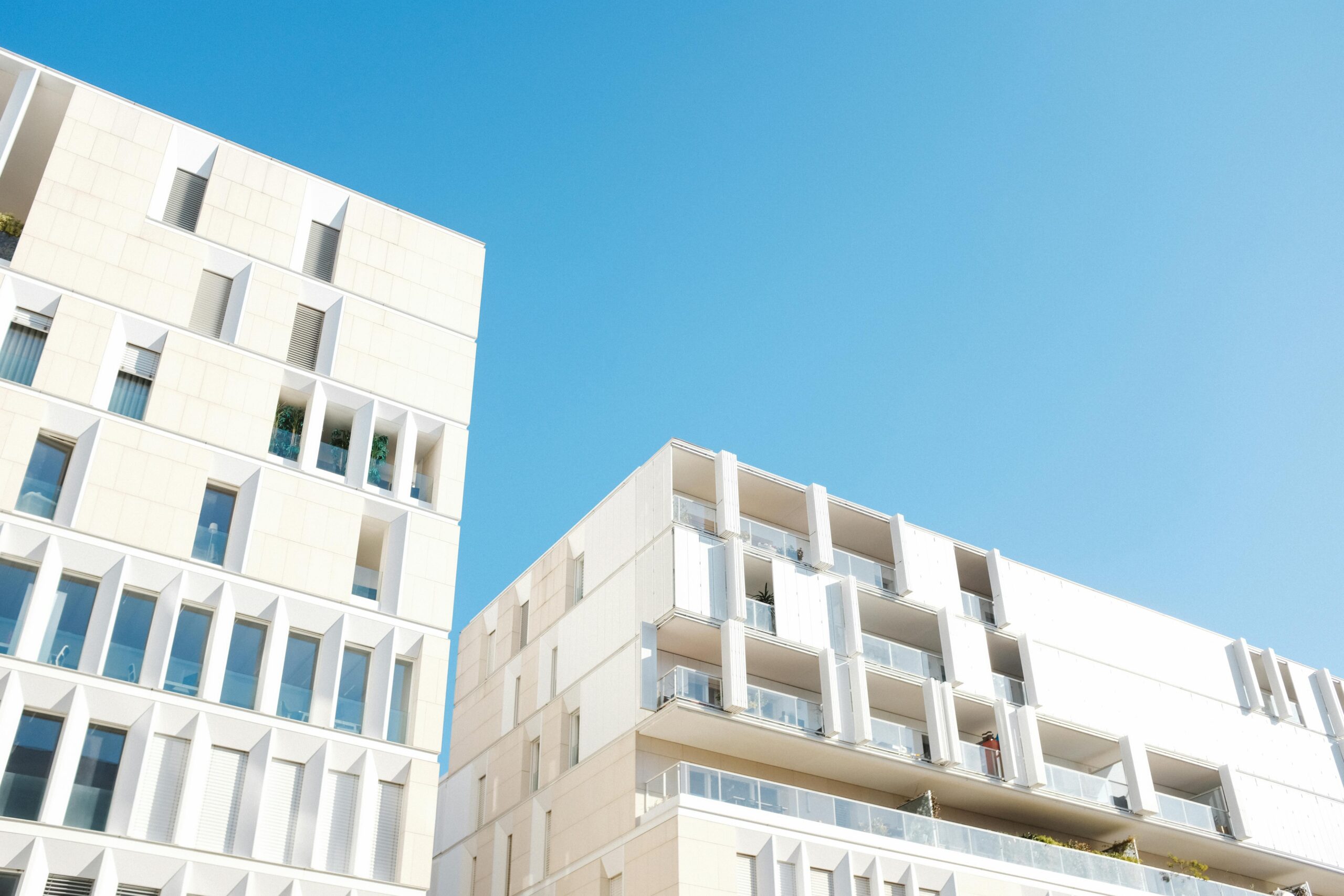New Apartments Are Safer Than Detached Houses—And It’s Not Even Close

In 2023, four people died in apartment fires in buildings constructed since 2010, out of 8.3 million Americans in those buildings. That’s 0.5 deaths per million. Compare that to single-family homes: 7.6 per million, fifteen times higher.
In “Modern Multifamily Buildings Provide the Most Fire Protection,” researchers Liz Clifford, Alex Horowitz, and Seva Rodnyansky from The Pew Charitable Trusts sought to understand why.
Key Takeaways:
- Modern apartments are dramatically safer. Apartments built since 2000: 1.2 deaths per million. Single-family homes: 7.6 per million. Older apartments: 7.7 per million.
- It’s the buildings, not the residents. Modern apartment residents have a median income of $56,000, compared to $101,000 in modern houses, and live more often in lower-income neighborhoods; yet, they have significantly lower death rates.
- Building codes require superior safety equipment. New apartments must have sprinklers, fire-rated walls between units, self-closing doors, and compartmentation. Detached houses aren’t required to have these features.
Researchers identified all 2,377 deaths using two national databases, then verified building types and construction years through property records to calculate death rates per million residents. The findings reveal three patterns:
Modern apartments consistently show the lowest death rates. Out of 2,377 fire deaths in 2023, single-family homes accounted for 1,985 deaths (84%), older apartments for 369 deaths (16%), and post-2000 apartments for just 23 deaths (1%), despite housing 6% of Americans. Researchers checked 14 additional states across multiple years and found only 6 of 905 deaths in post-2000 apartments, confirming 2023 wasn’t unusual.
Demographics don’t explain it. Prior research indicates that low-income households and neighborhoods face a higher fire risk. However, modern apartments actually house more lower-income residents ($56,000 median versus $101,000 in houses) and are often located in poorer communities (25% in the bottom 40% of ZIP codes versus 21% of houses). About one-quarter were built specifically for low-income families using tax credits. Despite housing populations that typically face higher fire risk, modern apartments remain dramatically safer.
Building codes explain the gap. Even comparing only post-2000 buildings, apartments had one-fourth the death rate: 1.2 deaths per million versus 4.9 for houses. The International Building Code requires apartment sprinklers (which cut death rates 90%), (which stop 98% of fires from spreading), fire-rated walls between units (walls that resist fire for hours), self-closing doors (which automatically shut to trap smoke), and compartmentation (dividing buildings into fire-resistant boxes). These features stop fires from spreading between units. Additionally, 91% of apartments have working smoke alarms, compared to 80% of houses, because landlords are subject to regular inspections.
The research supports reforming zoning to allow more apartments (saving roughly 22 lives yearly per 1% population shift into modern apartments), allowing single-stairway construction (cutting costs 6-13%), and simplifying permits (which add 40% to costs).
Photo by Adrien Olichon